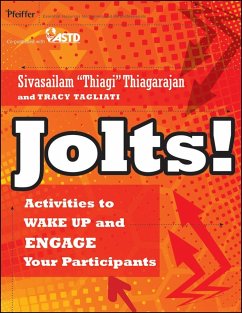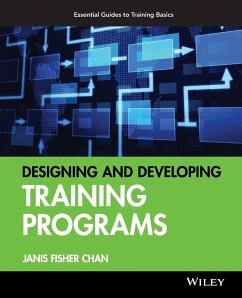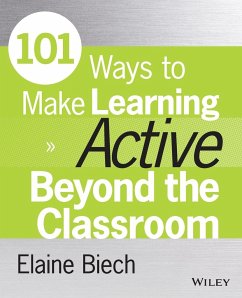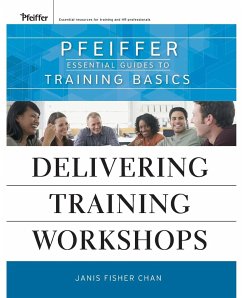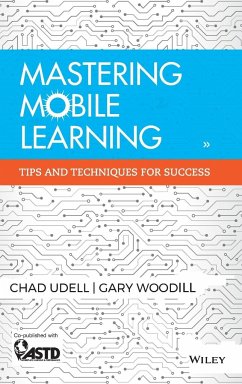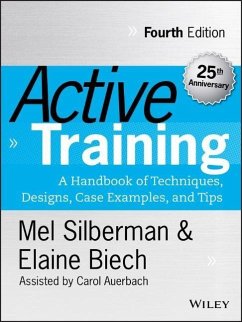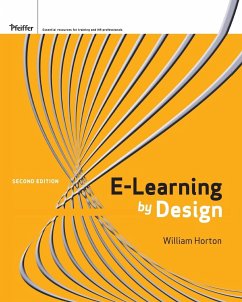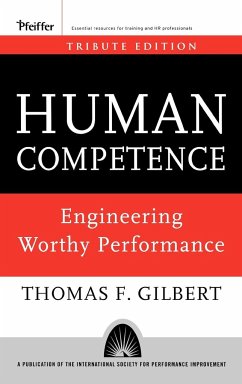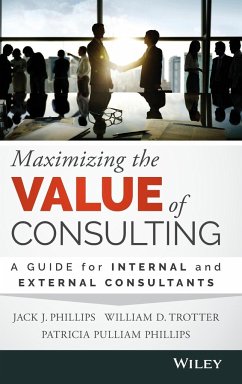
How to Write Terrific Training Materials
Versandkostenfrei!
Versandfertig in über 4 Wochen
57,99 €
inkl. MwSt.
Weitere Ausgaben:

PAYBACK Punkte
29 °P sammeln!
Successful training programs are designed using a series of interactive materials that help learners discover concepts and apply what is learned back to the job. The systematic process described in this book will help raise the trainer s skills to the next level of development. Easy-to-use tools and templates answer all the questions trainers, course designers, and Subject Matter Experts (SMEs) may have about how to develop training materials and more easily create the best training program in the shortest amount of time.



